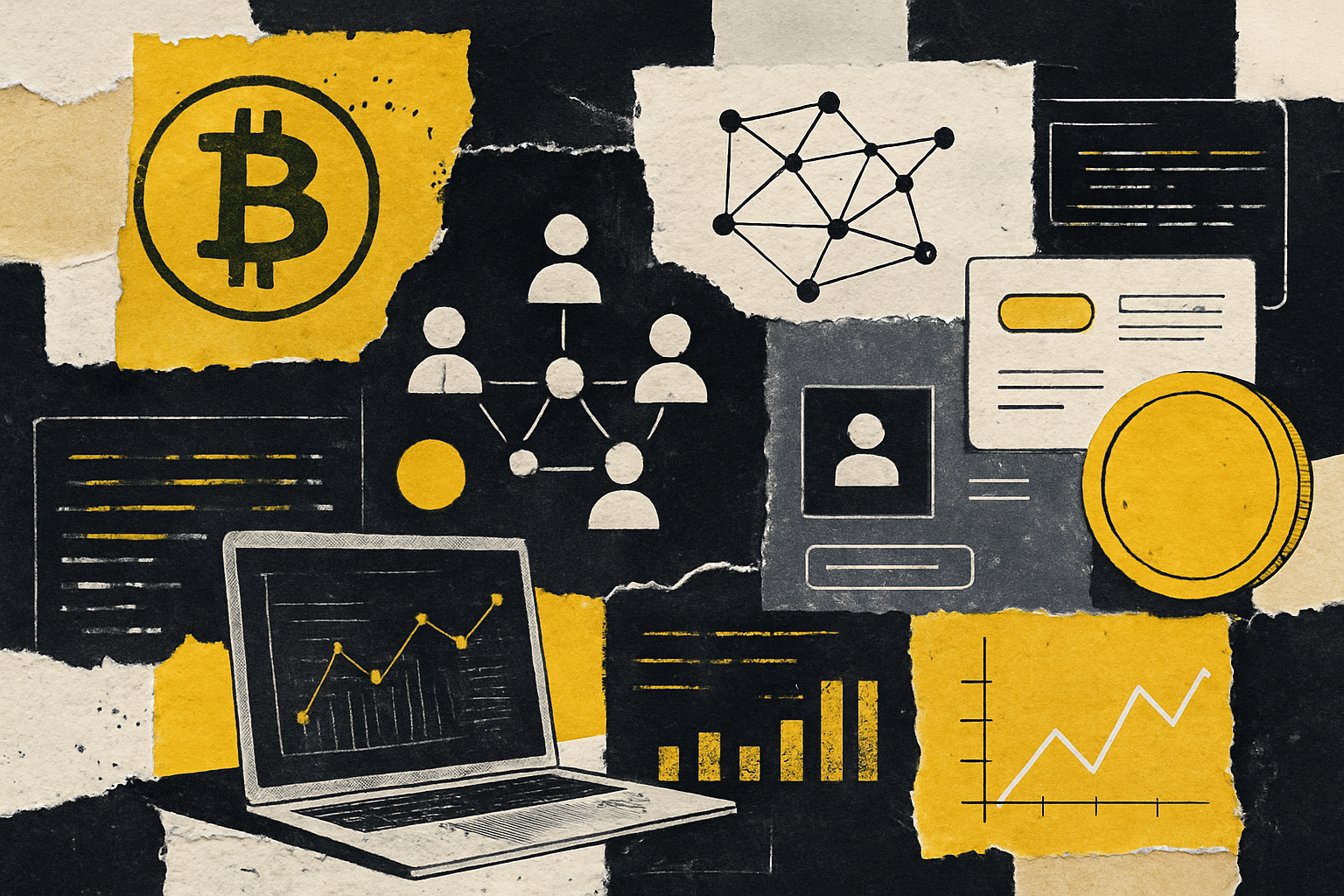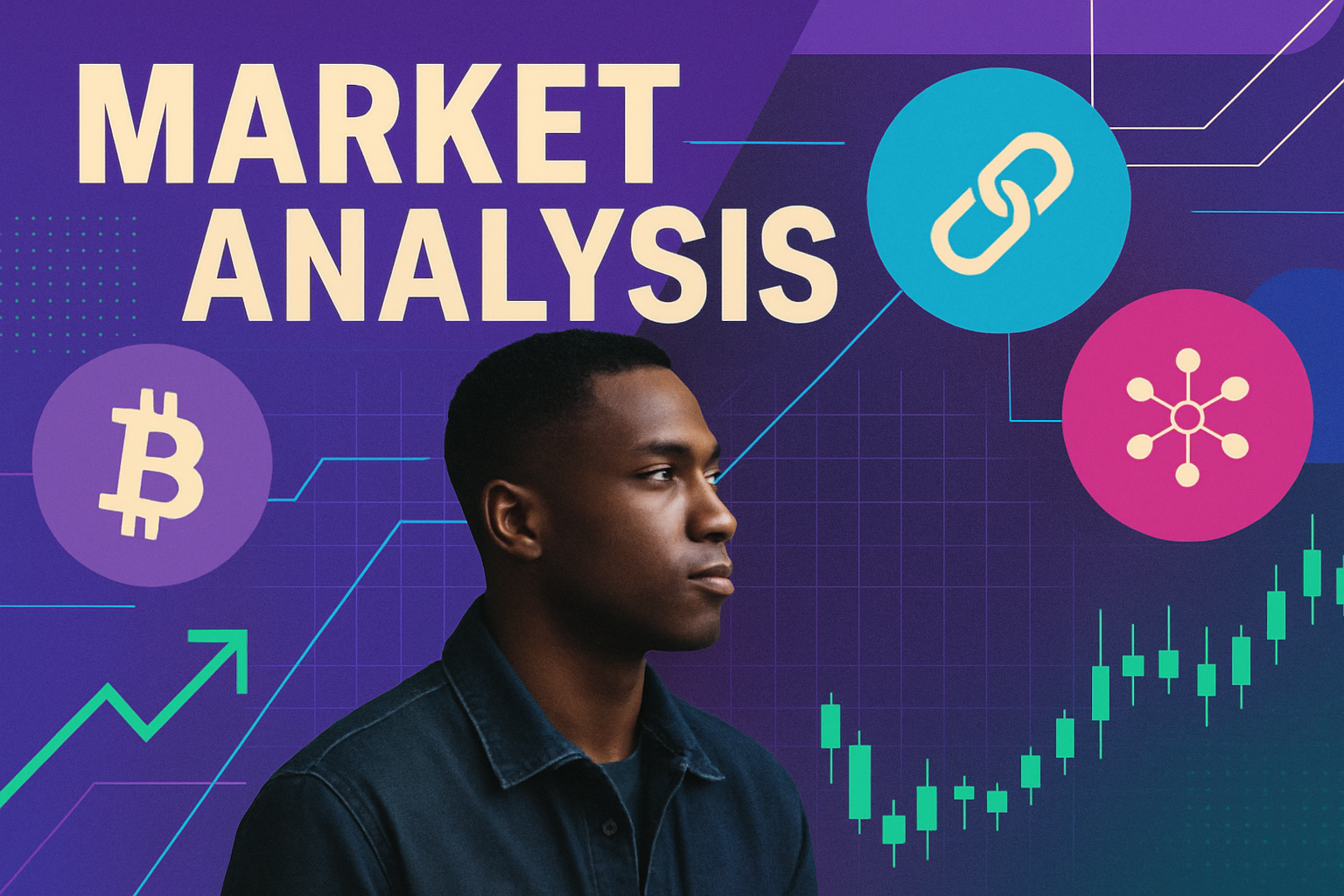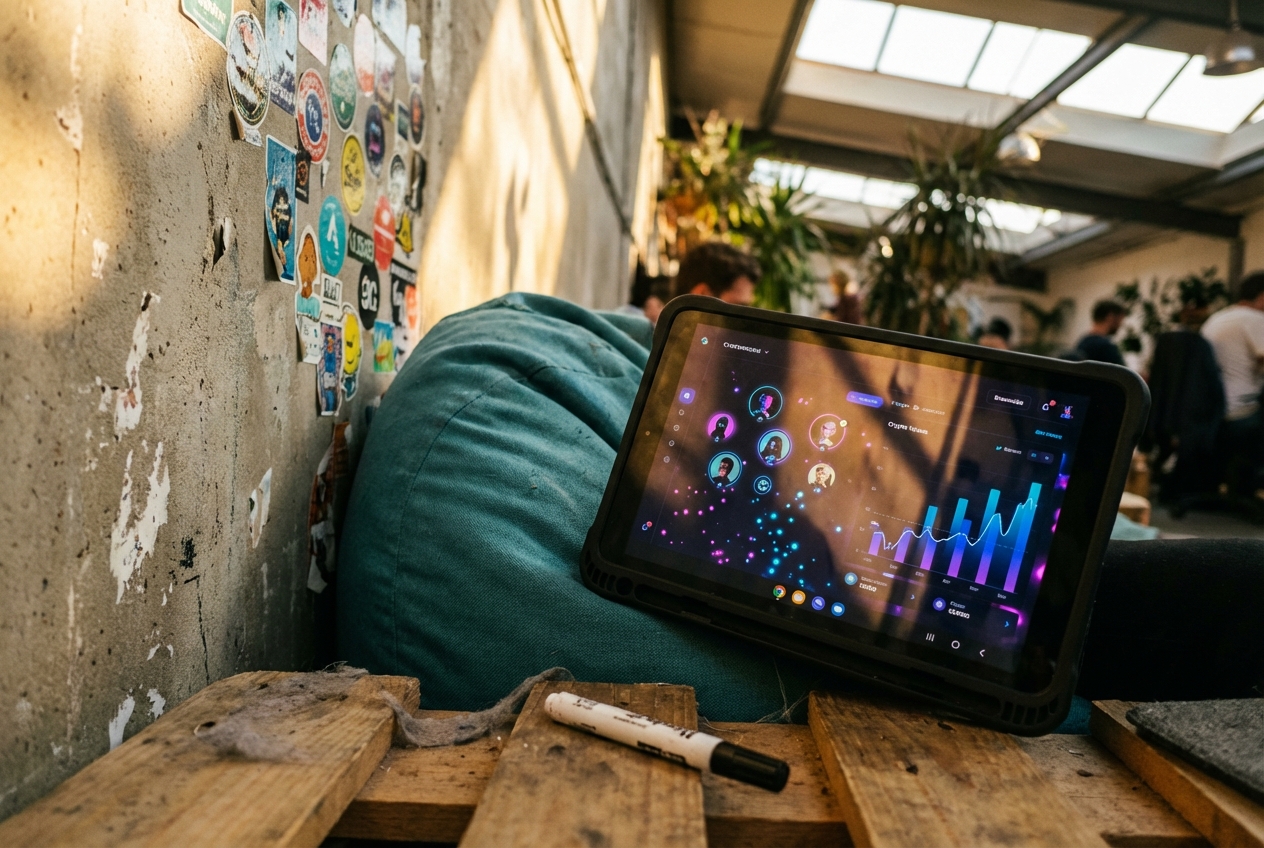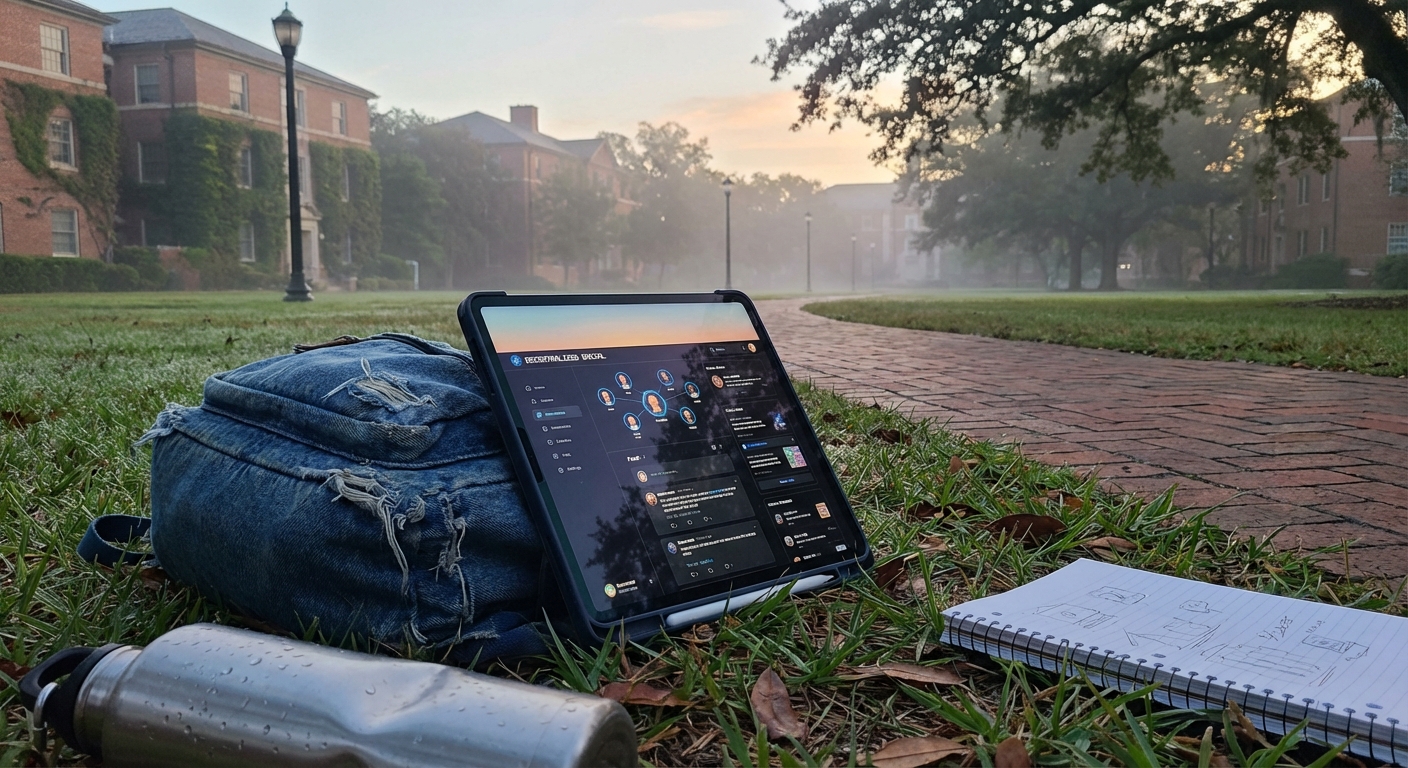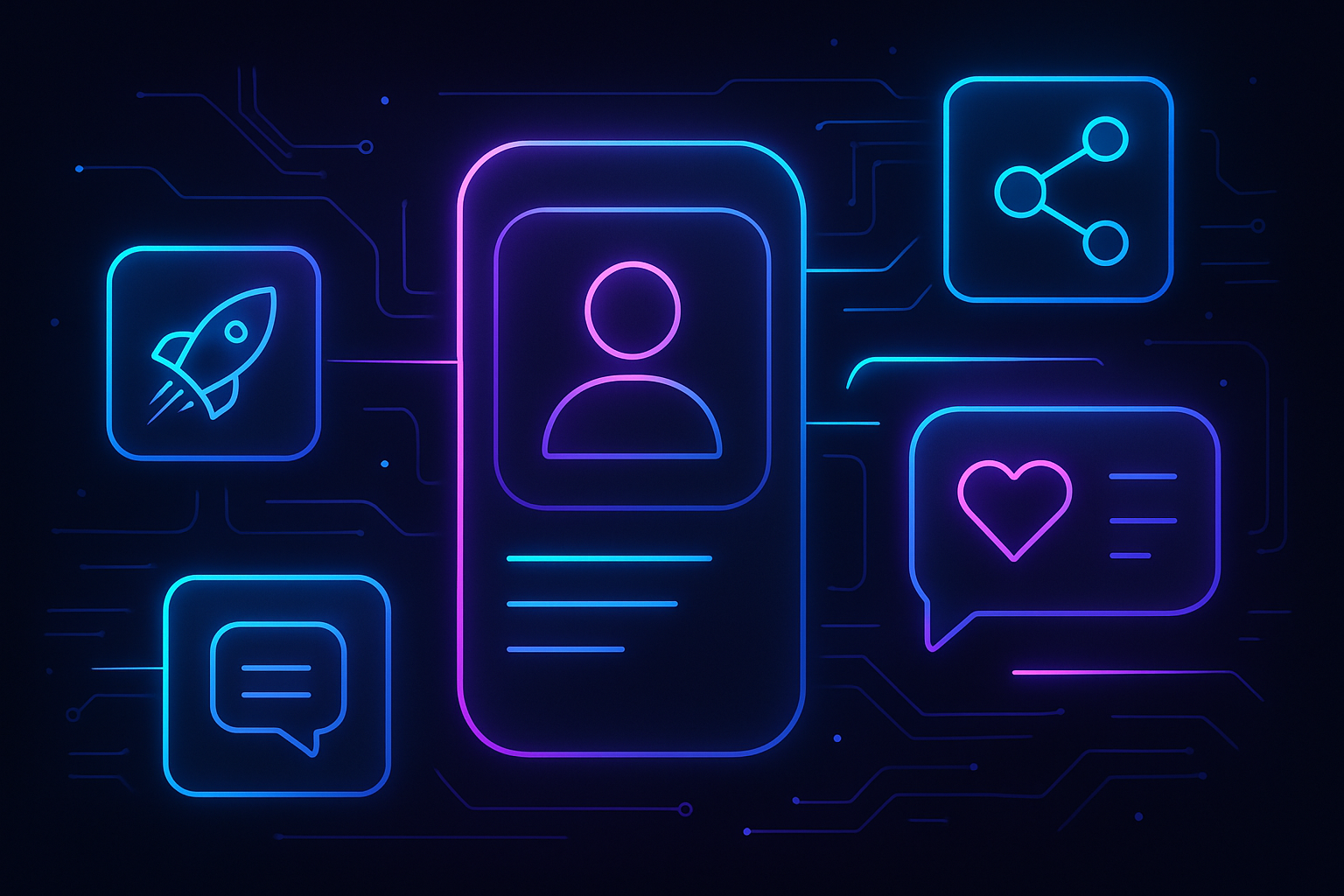
Decentralized social media is undergoing a paradigm shift, and at the heart of this transformation are Farcaster mini apps. These lightweight, native-like web applications are embedded directly into users’ social feeds, delivering interactive onchain experiences without the friction of app switching or cumbersome sign-ins. As Farcaster rapidly surpasses 200,000 users, the adoption of mini apps is proving to be a catalyst for deeper engagement and innovation within the Web3 social landscape.
From Static Feeds to Interactive Onchain Experiences
Legacy social networks have long limited user interaction to likes, comments, and shares. In contrast, Farcaster’s mini apps unlock a new dimension: users can now mint NFTs, play games, create AI art, or subscribe to newsletters, all without leaving their feed. This seamless integration is powered by open protocols and Farcaster’s built-in Ethereum wallet, which enables direct onchain transactions and asset management in real time.

For example, @podsdotmedia lets users discover and collect podcasts as digital collectibles right from their timeline. Meanwhile, @titlesxyz offers generative AI art creation with no extra installations required. These experiences blur the lines between content consumption and active participation, ushering in an era where every interaction can be social and onchain.
The Power of Embedded Social Utility
Mini apps are more than just widgets, they represent a fundamental rethinking of how decentralized social apps should work. By living inside the Farcaster ecosystem rather than as external plugins or standalone dApps, mini apps create an always-available layer of utility that adapts to user needs and community trends.
Top Farcaster Mini Apps Powering Onchain Social Engagement
-
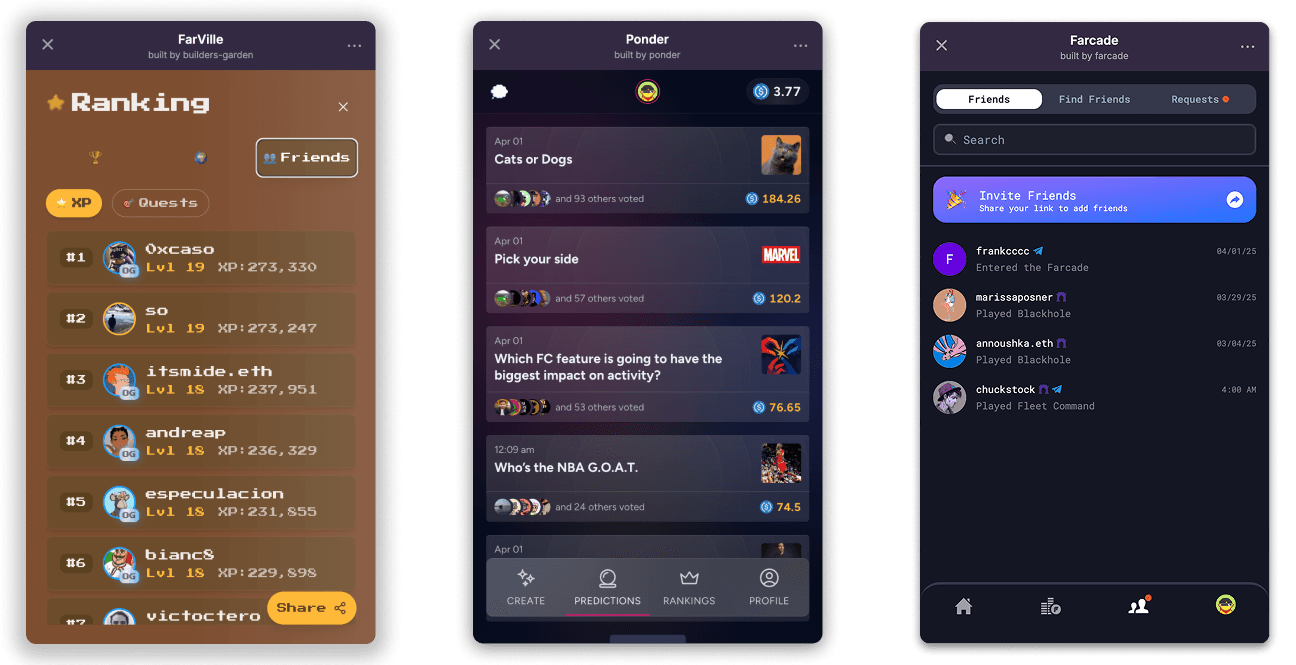
@mintdotfun brings seamless NFT minting directly into Farcaster feeds, letting users discover, mint, and share new NFT drops without leaving the app. Its intuitive interface and wallet integration make minting accessible for everyone.
-
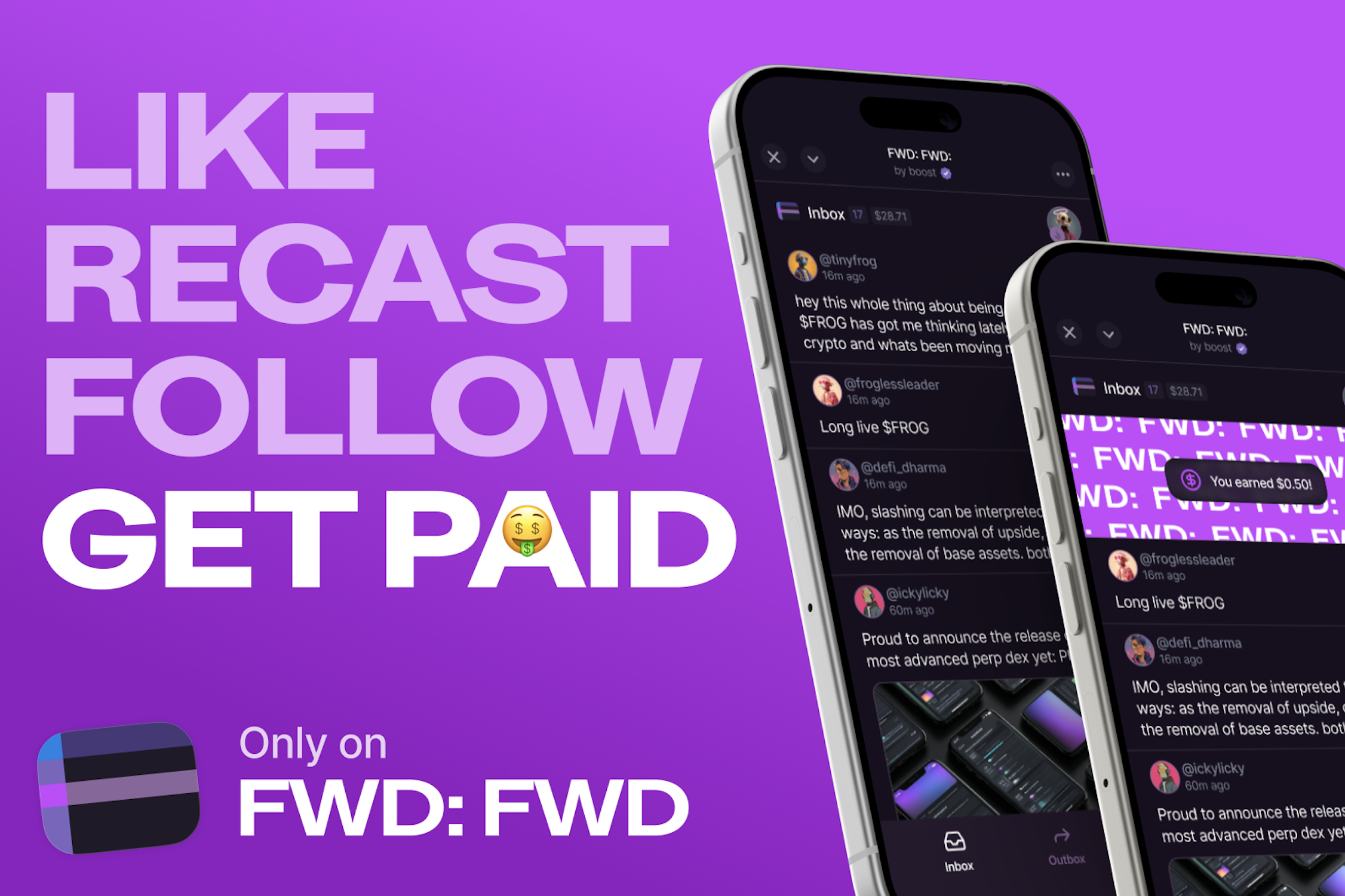
@titlesxyz is an innovative AI art creation mini app, enabling users to generate unique artwork with AI prompts and mint their creations as NFTs—all within their social feed. It’s a creative playground for digital artists and collectors alike.
-
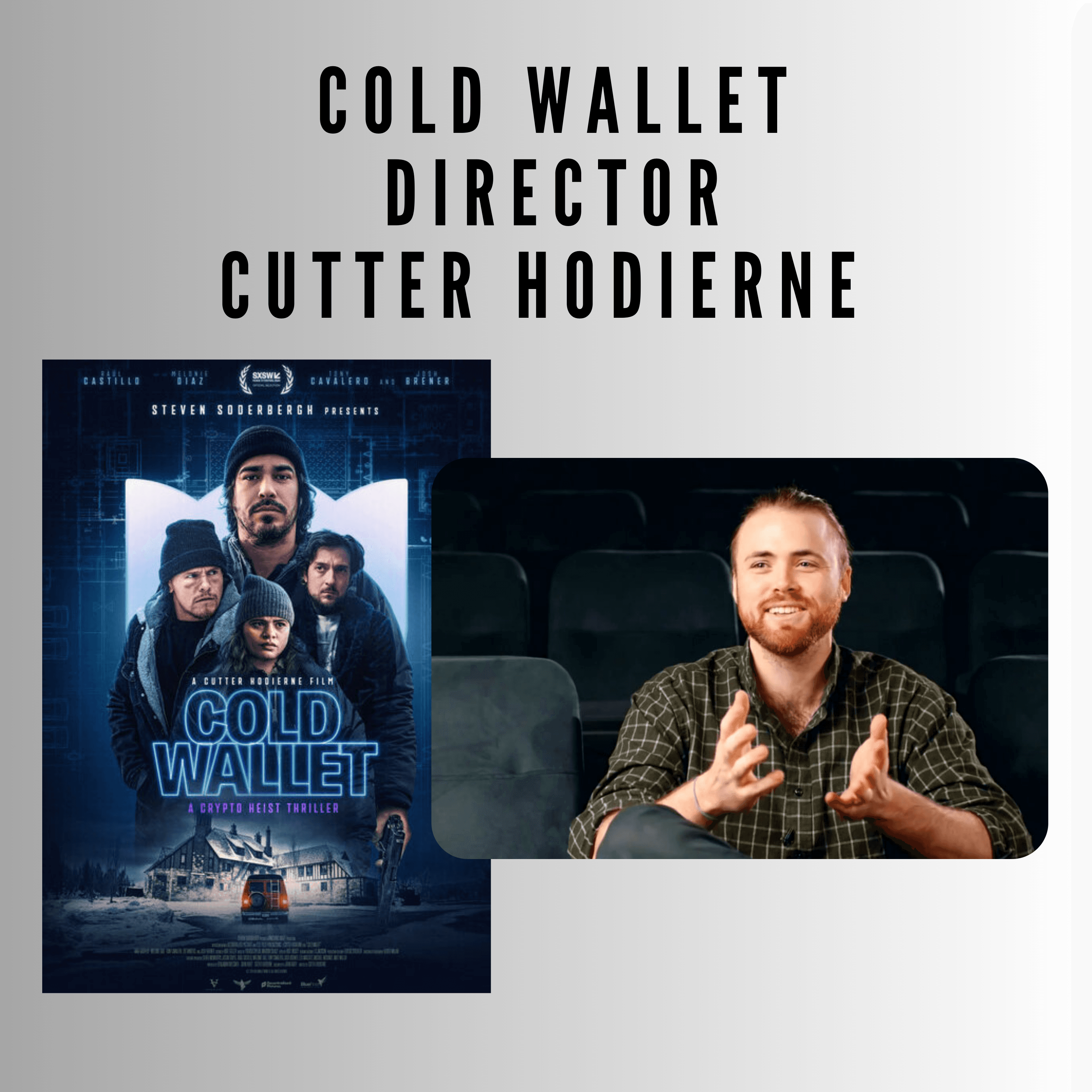
@podsdotmedia revolutionizes podcast discovery by allowing users to browse, listen to, and collect podcasts natively inside Farcaster. This mini app fosters community discussion and sharing around trending audio content.
-
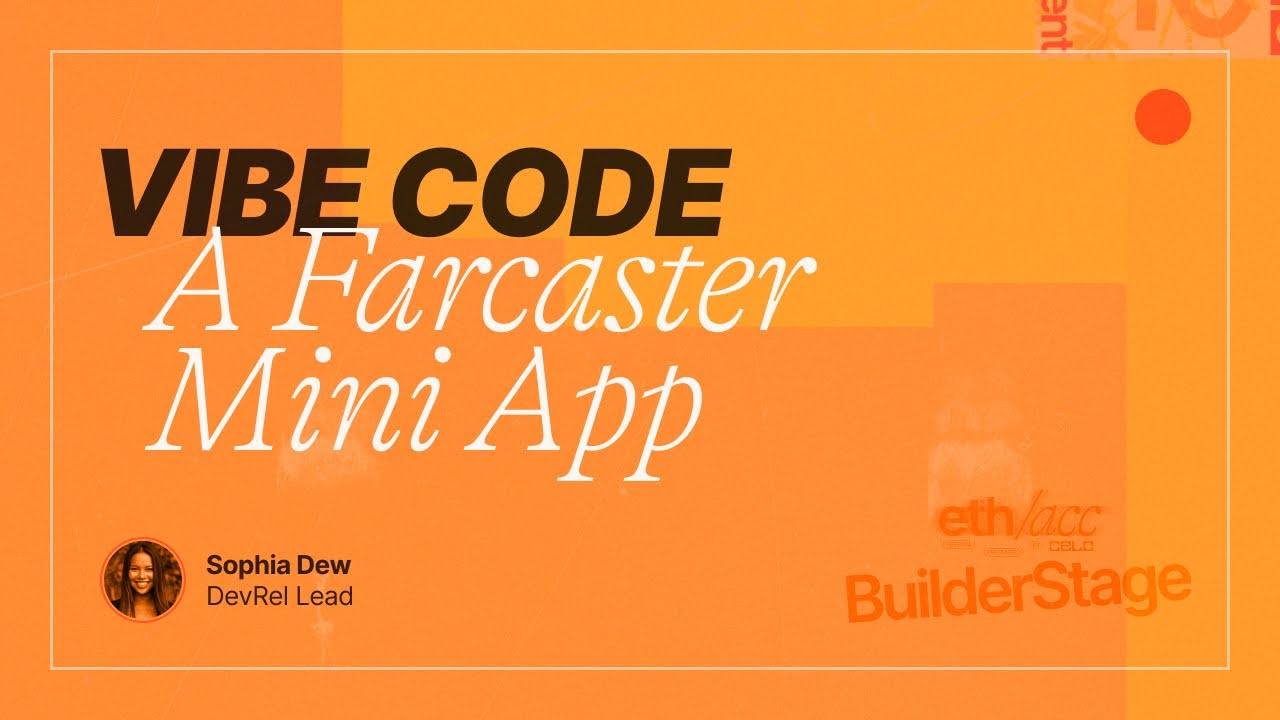
@playmintgg delivers engaging onchain gaming experiences within Farcaster, letting users play blockchain-based games, compete in leaderboards, and earn rewards—all seamlessly integrated with their social interactions.
This approach has several immediate benefits:
- No context switching: Users engage with DeFi tools or games directly in their feed.
- Simplified onboarding: No wallet pop-ups or third-party logins, everything runs natively within Farcaster.
- Composable experiences: Developers can rapidly build new features that leverage existing onchain data and assets.
The result? A platform where innovation thrives at the intersection of identity ownership and creative freedom. As Linda Xie noted in her interview with Unchained Crypto, “Mini-apps are helping Farcaster take on legacy platforms by enabling open experimentation with social utility. “
A Developer Playground for Onchain Social Innovation
The rise of Farcaster Mini Apps signals a new era for developers eager to build decentralized social utilities. Unlike traditional app stores that gate access through proprietary APIs or opaque review processes, Farcaster empowers builders with open standards and direct integration into user feeds. This has led to an explosion of creativity, from NFT minting tools to interactive games like those featured by @outpostsio (see more here).
The deep wallet integration is especially noteworthy. Users can perform transactions (such as NFT purchases or token swaps) right from their timeline, streamlining monetization opportunities for creators while keeping all activity transparent and verifiable onchain.
For developers, this is a game changer. The frictionless onboarding and real-time access to onchain data mean that experimentation happens at the speed of culture. Whether you’re building a micro-DeFi tool, an interactive NFT drop, or the next viral social game, Farcaster’s mini app infrastructure offers a direct channel to a rapidly growing user base. The protocol’s open ethos also ensures that innovation isn’t stifled by centralized gatekeepers, making it possible for niche communities and creators to thrive on their own terms.
Unlocking New Monetization and Community Models
Mini apps aren’t just about utility, they’re transforming how value flows within decentralized social networks. With wallet-native actions embedded in every feed, creators can monetize content through NFT minting, gated experiences, or tokenized rewards without ever redirecting users to external sites. This unlocks new economic models where community participation is directly incentivized and measurable onchain.
The result is a more equitable ecosystem where users own their data and identity while benefiting from the collective growth of their favorite platforms. As highlighted by AInvest, Farcaster’s growth past 200,000 users is fueled in part by these interactive features that turn passive scrolling into active engagement.
Developers are already leveraging this momentum to build out new tools for community governance, social trading, and collaborative art, all within the same feed where conversations happen. This composability is what sets Farcaster apart from both Web2 incumbents and other Web3 protocols.
What’s Next for Onchain Social Engagement?
The rapid adoption of Farcaster mini apps signals a shift toward platforms where social interaction and onchain activity are seamlessly intertwined. As more creators experiment with embedded monetization tools and as user demand grows for richer in-feed experiences, we can expect even more innovative use cases, think decentralized event ticketing, peer-to-peer tipping systems, or real-time DAO voting apps, all accessible without leaving your timeline.
This trajectory positions Farcaster as a leading contender in the race to define what decentralized social media can be: open, interactive, user-owned, and deeply connected to the possibilities of programmable money. For those building or investing in Web3 social protocols, now is the time to pay close attention.
As we witness this evolution firsthand, one thing becomes clear: the future of social engagement will be built not just on content but on code, open source, composable, and owned by its communities.




